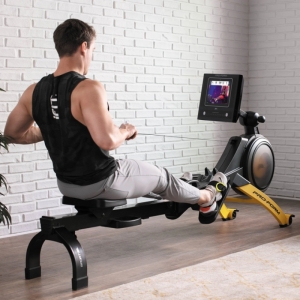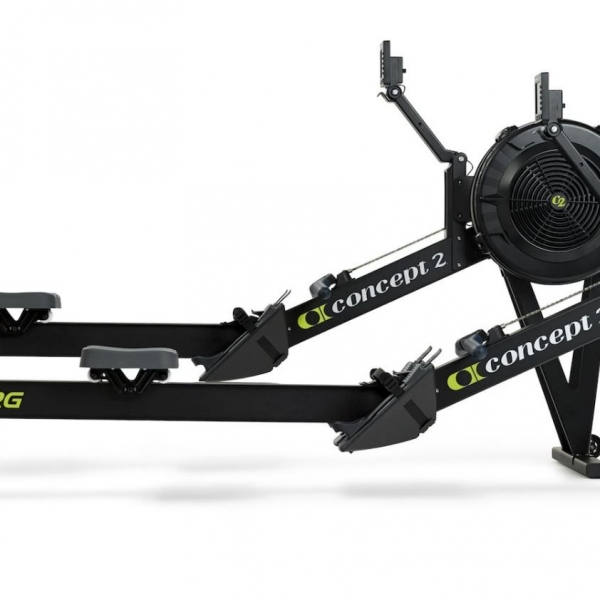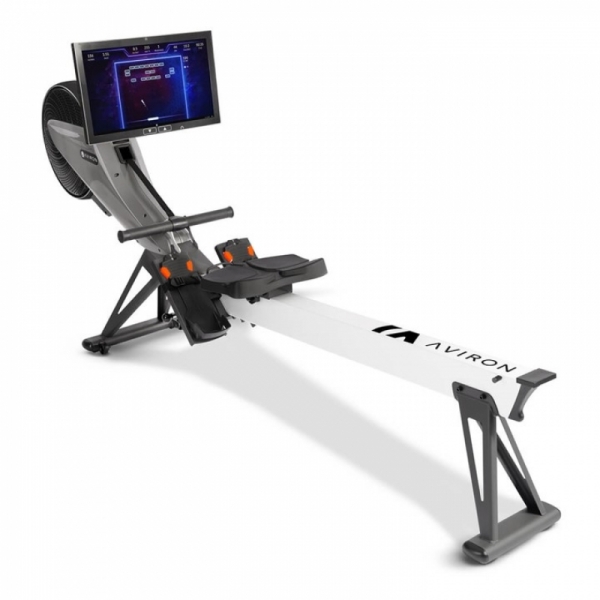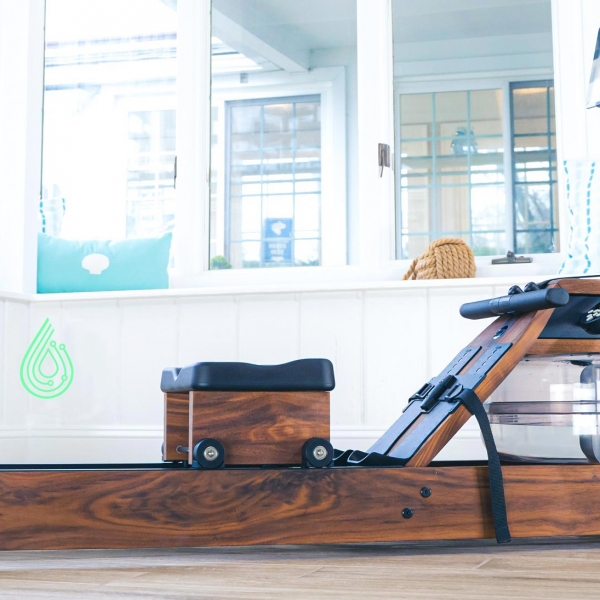
Rowing Machine Buying Guide

Rowing is widely regarded as the most well-rounded type of cardio available, so it stands to reason that many people will be looking into rowing machines to achieve this. The problem is that they may appear very similar to the untrained eye, so how do you know which one to buy?
Magnetic Resistance
With a magnetic rower, the flywheel is surrounded by powerful magnets that produce the resistance. The magnets don’t touch the flywheel themselves; they rely on the resistance generated between the pairs of magnets.
The closer two magnets are to one another, the more attraction there will be between them and the more resistance they will provide. This means that adjusting the resistance is as simple as altering the distance between the magnets.
Not only does this provide a more specific and measurable level of resistance but it can be easily adjusted. A manual magnetic rower will have a dial you can simply turn to adjust the resistance and the electromagnet versions can be controlled using a button or by pressing directly on the touch screen.
See our PRO-FORM CARBON R10 ROWER.
ProForm Carbon R10 Rowing Machine - Buy Online (cycfitness.co.uk)
Air & Magnetic Resistance
They can operate purely as an air rower if you desire, or you can close the damper and turn on the electromagnets to turn it into a magnetic rower. You even have the option to combine the two methods simultaneously, generating its own unique variety of resistance.
This provides an incredible amount of versatility and range to these rowers. Users can mix and match as they choose, all on one single piece of kit.
However, as they are a relatively new variety of rower and have so much more going on than either of the individual styles of resistance that they utilize, they are generally the most expensive type of rowing machine on the market.
See our AVIRON IMPACT ROWING MACHINE.
Aviron Impact Series Rower - Buy Online (cycfitness.co.uk)
Water Resistance
Water Rowers, operate in a similar manner to air rowers. They still utilize a flywheel but instead of it sucking in air, it is submerged in water. This allows the rower to produce a much more realistic feel, as you are displacing the water with each stroke, just as you would if you were out in a real boat.
This does however mean that they need to be situated on an almost perfectly flat surface in order to function properly. Instead of having a damper to adjust the difficulty, you usually have one of two options on a water rower.
Some will provide a dial that allows you to manually adjust the level of resistance quite easily, however many still require you to either add or remove water to adjust the difficulty. The more water you put in, the more the flywheel has to displace, and the harder it will be.
See our WATERROWER NATURAL.
WaterRower Natural - Buy Online (cycfitness.co.uk)
Air Resistance
The resistance is produced by air being sucked into a flywheel which turns as you row. The more air that is pulled in, the greater the resistance you row against, and the harder it becomes. They usually have something called a damper attached, which dictates how much air is allowed to enter the flywheel at a time.
This allows the user to adjust the difficulty of their session. The difficulty can be further altered by the speed at which you row, as the faster you row, the more air is pulled in.
As they are the most common type of rower available there is a huge range of these on the market, ranging from affordable, great value options to very high tech and expensive models, so there is something for pretty much everybody.
See our NEW CONCEPT2 ROWERG.
Browse by category
Recent posts
- The Benefits of Pilates Reformers in Rehabilitation and Recovery
- How Much Does It Cost to Set Up a Gym in the UK?
- The Sled Push: The Gym Addition That Doesn’t Need Fancy Gadgets
- Inspire Series T7 Treadmill Review: Elite Performance Meets Ultimate Comfort
- How to Train Legs in the Gym: The Ultimate Guide to Reps, Exercises, and Machines
Talk to our team
Don't wait - elevateyour fitness space today!










